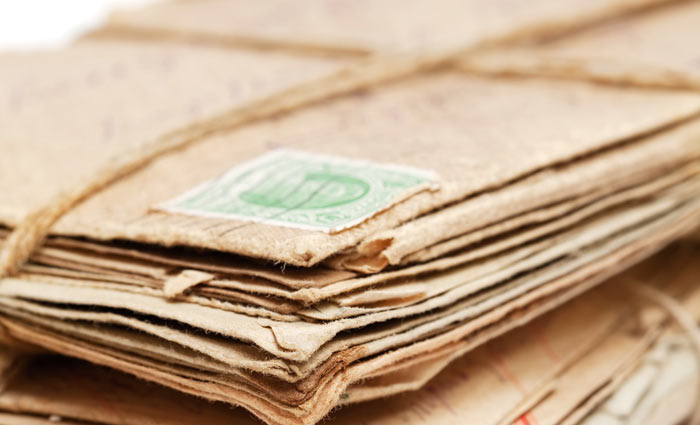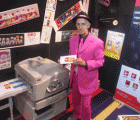

The first envelope was a clay wrapper used by the Babylonians in 2000 BC. The clay was folded over the original message, crimped together, and baked in an oven. Think of it as a clay fortune cookie. The recipient had to crack the shell to gain access to the tablet within. Scrolls were sometimes rolled on thin wood, then wrapped in a covering of some sort. Paper came into use in the 10th century. By the 15th century, message communication or posts were considered a necessary part of any kingdom. Henry VIII of England appointed a Master of the Posts in 1510, and from that time on, such terms as royal posts and King’s Highway became commonplace.
In the 16th century, official letters were mailed “under cover or envelope”. The message was enclosed in paper that was folded and sealed, usually with wax. In 1635, King Charles I issued a proclamation establishing the first state postal service for England and Scotland.
The first ‘junk mail’
In France in 1635, de Valayer obtained the permission of King Louis XIV to establish a postal system in Paris. He set up boxes on street corners and announced by handbill that he was prepared to deliver any letters placed in them if they were enclosed in envelopes sold at certain stores. These envelopes contained a printed receipt for postage paid. De Valayer’s scheme failed when folks put refuse in the boxes. This was the beginning of junk mail.
Ben Franklin relished the job of Postmaster since it directly benefitted his printing and publishing businesses. Early envelopes were made by hand by stationery store clerks. Using knives and metal patterns, clerks would cut out a stack of envelope sheets. They then folded and sealed the side flaps of each envelope by hand.
The first patent for an automatic envelope folding machine was registered in England in 1845. It was held by Edwin Hill, whose brother Sir Rowland Hill was known for postal reforms. In 1851, Edwin Hill and Warren De La Rue exhibited an improved machine at the Great Exhibition in London. In 1856, a Worcester, Massachusetts physician named Russel Howes invented the first mechanical envelope folding machine.
Transparent windows for the address were patented in 1902 by F Callahan of Chicago. George H Reay developed a folding machine that became an industry standard. Lastly, Thomas Waymouth developed a self-gumming and folding machine in the late 1860s.
Frank Romano is professor emeritus at the Rochester Institute of Technology
Comment below to have your say on this story.
If you have a news story or tip-off, get in touch at editorial@sprinter.com.au.
Sign up to the Sprinter newsletter


